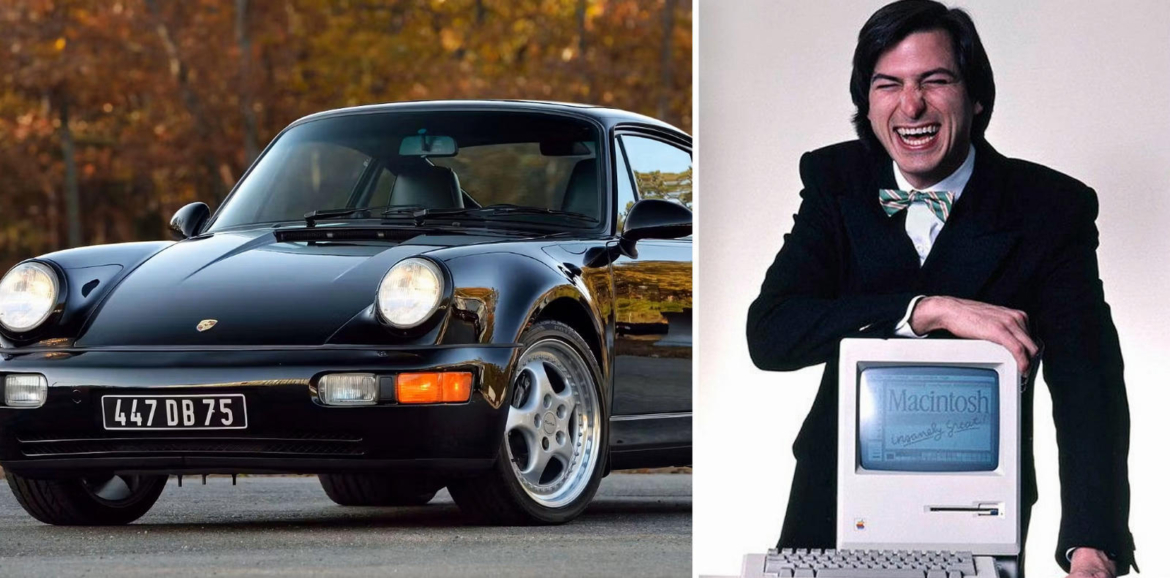In the autumn of 1987, Steve Jobs found himself rushing through the halls of NeXT’s Palo Alto headquarters with an unusual urgency. The man who would later revolutionize personal computing wasn’t focused on product designs or software architecture. Instead, he was frantically trying to hide his Porsche 911 Turbo. “Randy, we have to hide the Porsches,” Jobs burst into Randy Adams’ office. The software engineer, who had also treated himself to a Porsche 911 Turbo, looked up in confusion. “Ross Perot is coming to see us, and I don’t want him to think we have that much money.” This moment, while seemingly trivial, would prove to be a pivotal turning point in the history of personal computing. The story behind it reveals Jobs’ masterful understanding of perception, psychology, and the delicate art of securing investment.
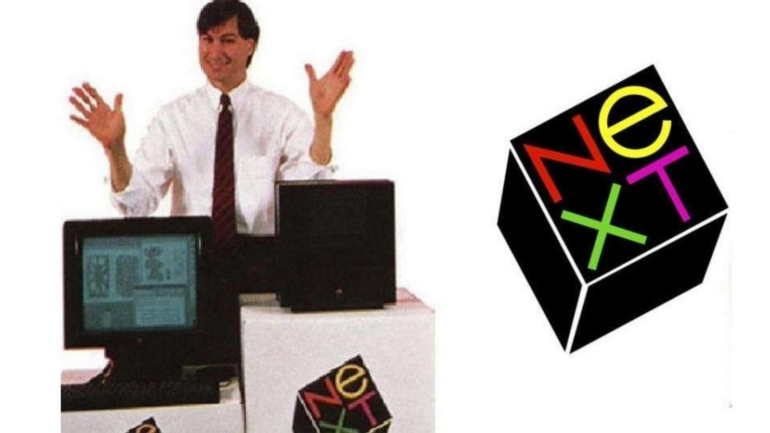
The setup: after Apple
It was 1985, and Steve Jobs had just experienced what many considered the lowest point of his career. Forced out of Apple, the company he co-founded, Jobs was now attempting to rebuild his legacy with NeXT, a new computer company aimed at revolutionizing educational computing. But revolutionary ambitions require substantial capital, and Jobs knew it.
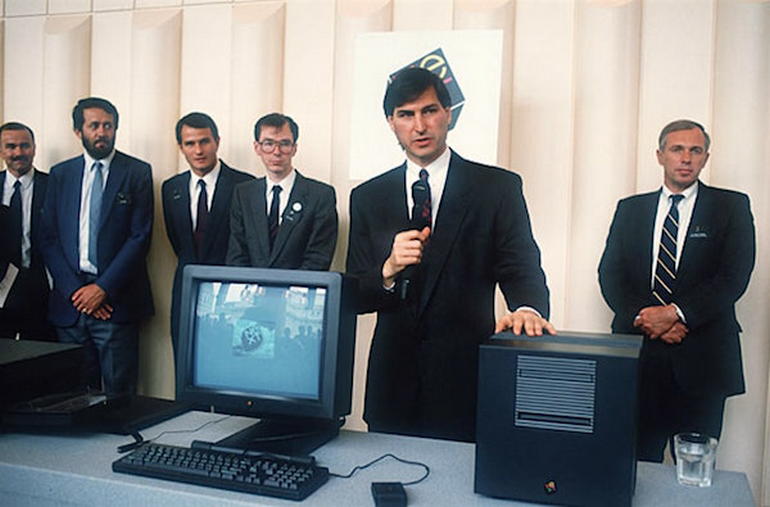
Randy Adams hadn’t initially planned to be part of this story. Fresh from selling his desktop publishing software company, he had initially turned down Jobs’ offer to join NeXT. But Jobs, ever the persuader, left him a voicemail that would change his mind: “You’re blowing it, Randy. This is the opportunity of a lifetime, and you’re blowing it.”
Jobs and his love affair with the Porsche 911
Steve Jobs’ relationship with the Porsche 911 went beyond mere transportation. Known for his obsession with design perfection, Jobs admired the 911’s timeless aesthetics and engineering excellence. The car embodied many of the principles he valued: minimalism, attention to detail, and the perfect marriage of form and function.
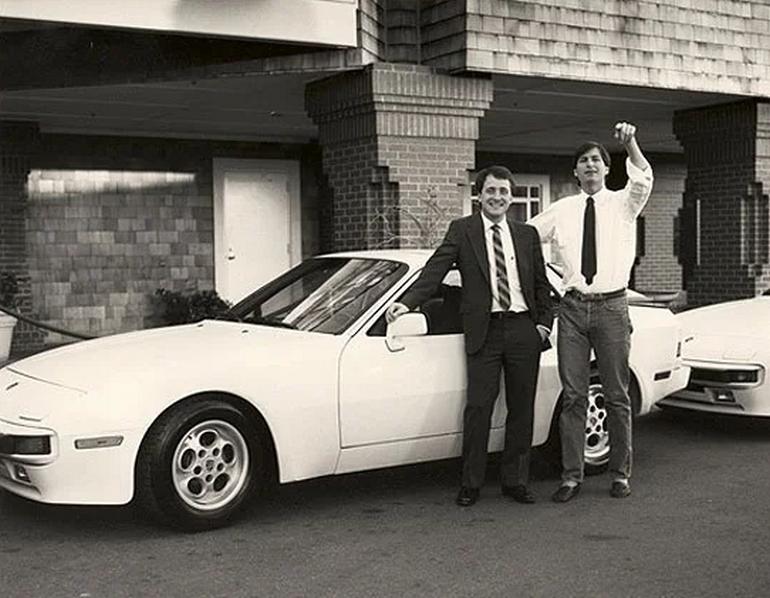
Jobs owned multiple Porsche 911s throughout his life, including a silver 911 Turbo that became somewhat legendary in Silicon Valley. He was known to drive these cars fast and aggressively, much like his approach to business. The 911’s precision engineering and high performance aligned perfectly with his perfectionist nature and desire for excellence in every aspect of his life. While he even gifted Porsches to his outstanding employees, Jobs famously denied giving his prized 911 to his daughter as an inheritance.
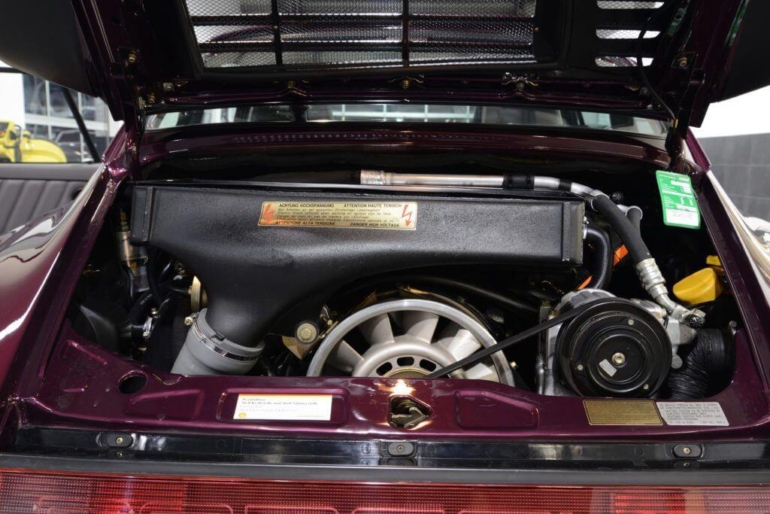
The Porsche 911 Turbo that Jobs owned during the NeXT years was particularly special – a high-performance variant that could accelerate from 0-60 mph in just over 4 seconds, making it one of the fastest production cars of its era. For Jobs, the car represented not just luxury, but engineering artistry.
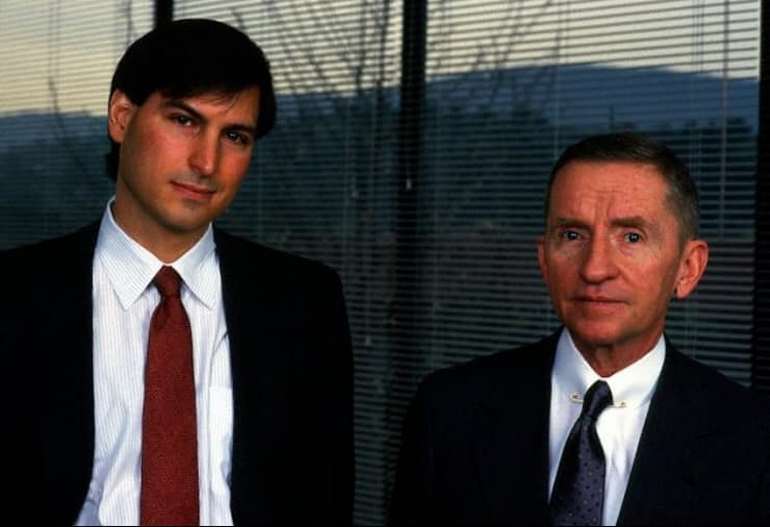
The Ross Perot factor
Ross Perot was no ordinary potential investor. A self-made billionaire who had founded Electronic Data Systems (EDS) and later sold it to General Motors for $2.5 billion, Perot was known for his shrewd business acumen and straight-talking Texas style. By 1987, he had become one of the wealthiest men in America and was already being discussed as a potential presidential candidate (he would later run as an independent in 1992 and 1996).
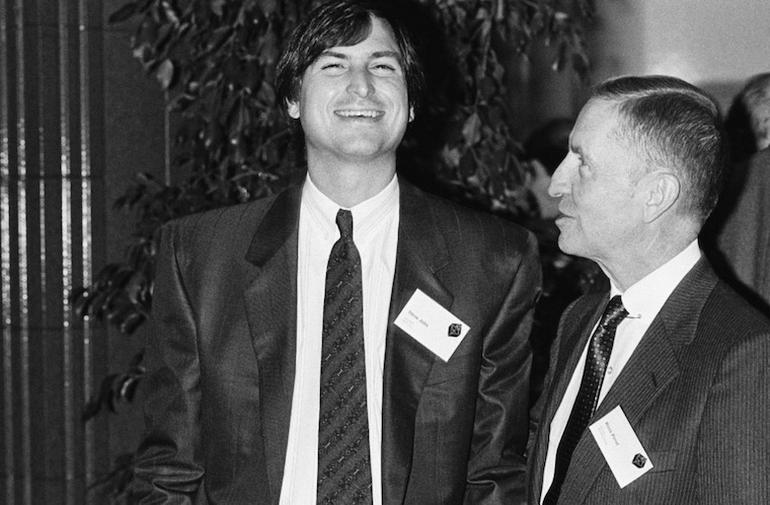
Perot’s interest in NeXT came from his genuine belief in the importance of education and technology. He had built EDS from the ground up and had a keen eye for technological innovation. However, he was also known for his frugal nature and skepticism of unnecessary spending – a trait that made Jobs’ decision to hide the Porsches particularly prescient.
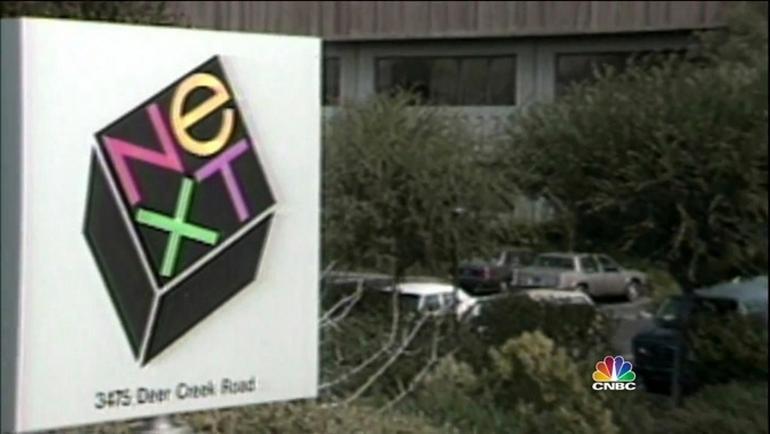
The great Porsche hide
In a swift and decisive move, Jobs and Adams wheeled their luxury vehicles behind NeXT’s offices, out of sight from the approaching investor. It was a subtle but calculated decision that demonstrated Jobs’ profound understanding of investor psychology. A company seeking investment needed to appear promising but not too successful – hungry for growth but responsible with its resources.

The gambit worked perfectly. Perot, impressed by what he saw (and didn’t see), invested $20 million in NeXT and took a seat on the board of directors. This investment proved crucial to keeping NeXT alive during its developmental years. Perot would later describe his decision to invest as partly based on his impression of Jobs’ commitment to the company and careful management of resources.
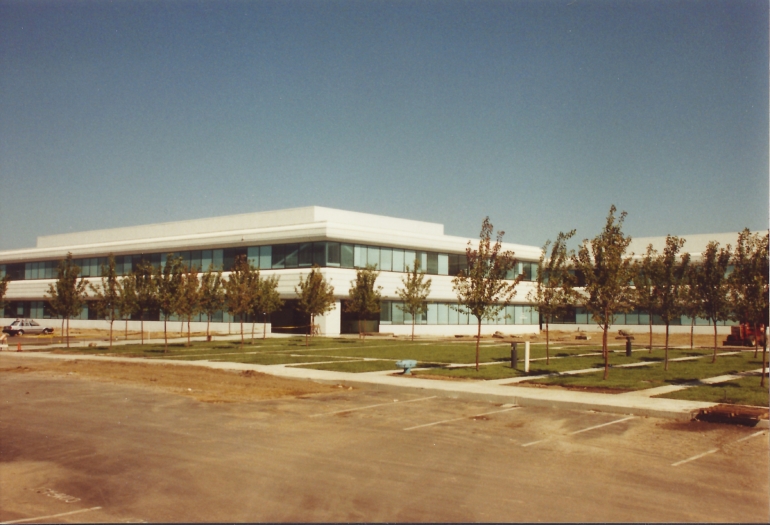
The long game
What appeared to be a simple act of hiding cars was, in fact, a masterclass in business strategy. Jobs understood that success in business often hinges on managing perceptions as much as managing products. The Porsche incident demonstrated his grasp of these subtle dynamics.
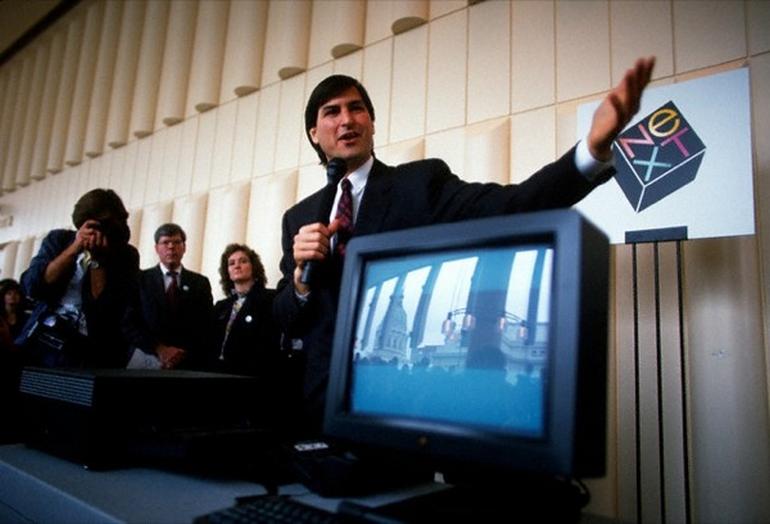
The story’s epilogue proved Jobs’ instincts correct. In 1996, Apple purchased NeXT for $429 million, bringing Jobs back to the company he had founded. The technologies developed at NeXT, particularly the NeXTSTEP operating system, would become the foundation for Apple’s macOS, iOS, and the modern Apple ecosystem.
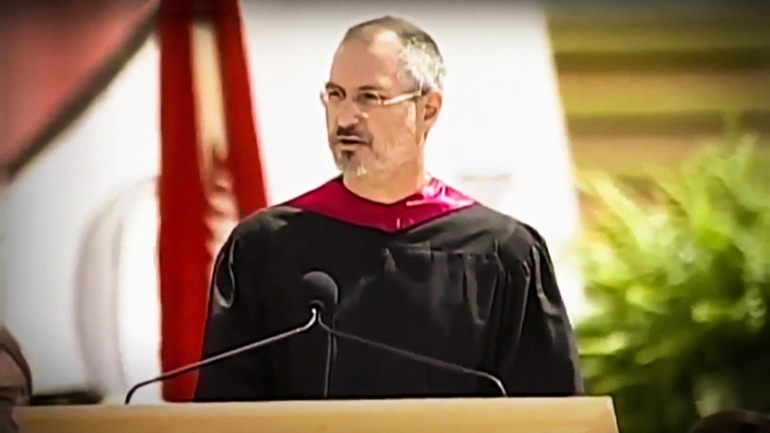
Legacy of the hidden Porsches
This seemingly small moment – the hurried hiding of two luxury cars – encapsulates much of what made Steve Jobs exceptional: his attention to detail, his understanding of human psychology, and his ability to see how small actions could have major consequences.
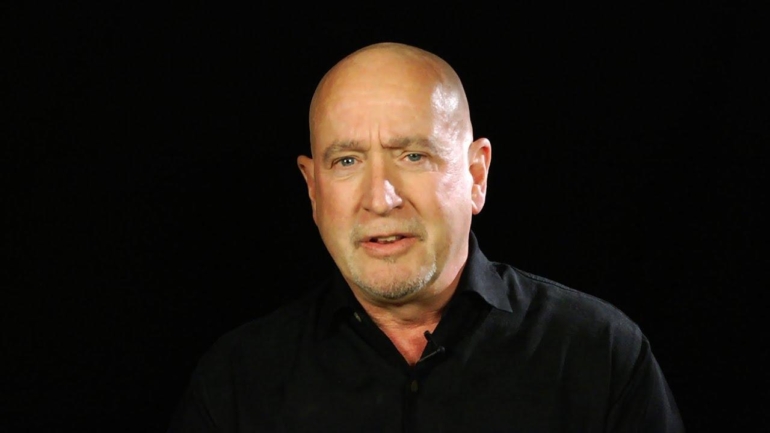
Randy Adams, who went on to help develop Adobe Acrobat and co-found FunnyorDie.com, later reflected on Jobs’ unique charisma: “His charisma was like electricity – he was giving off this incredible force. It was inspirational. I used to believe when I was with Steve, you could do anything. You could change the world.”
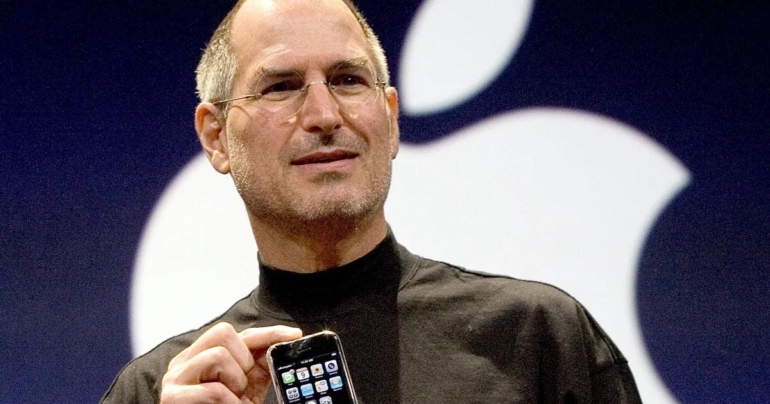
The hidden Porsches story remains a testament to Jobs’ business acumen and his understanding that sometimes the path to success involves knowing what to show – and more importantly, what to hide. In the end, those carefully concealed Porsches helped pave the way for one of the greatest comebacks in business history, leading to innovations that would quite literally change the world.
